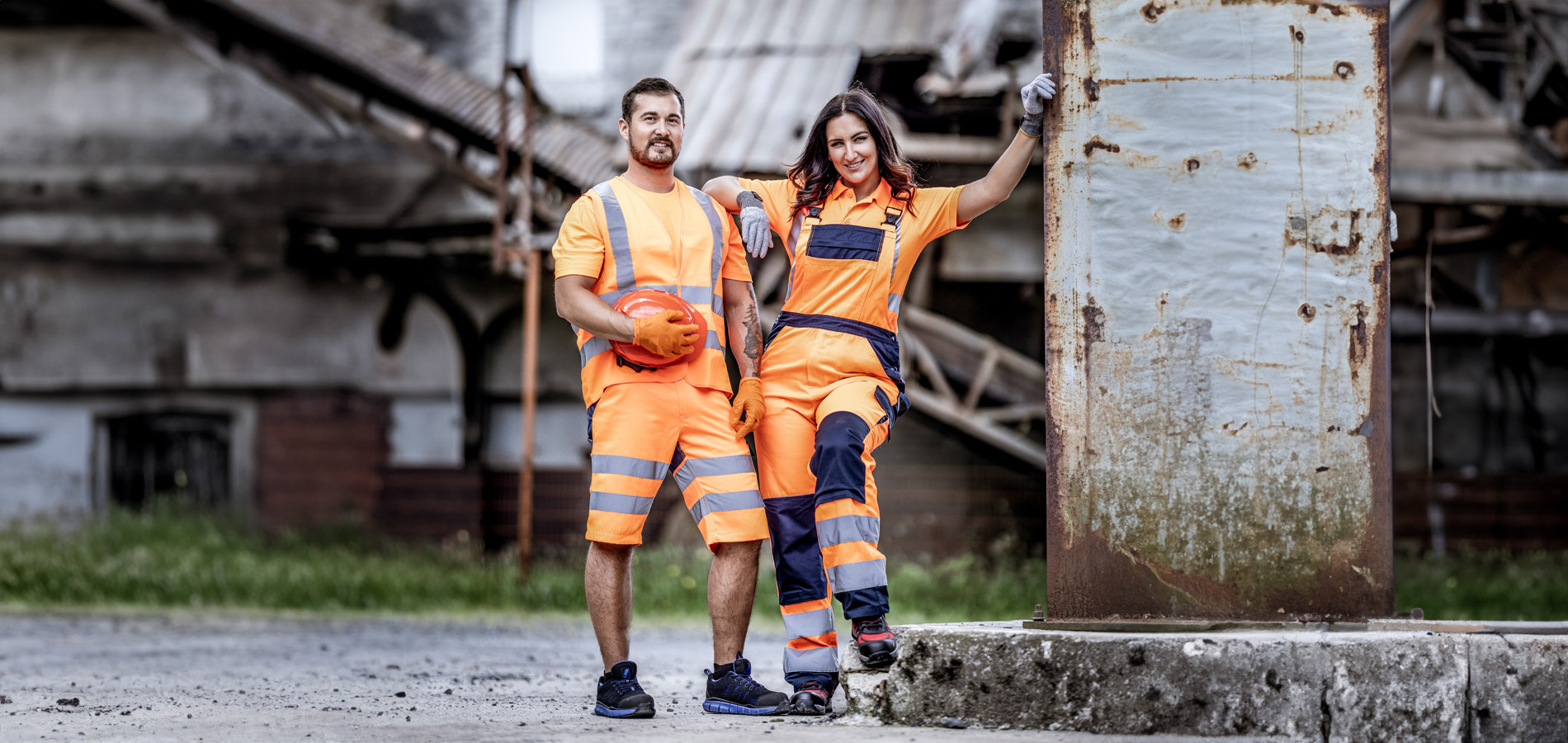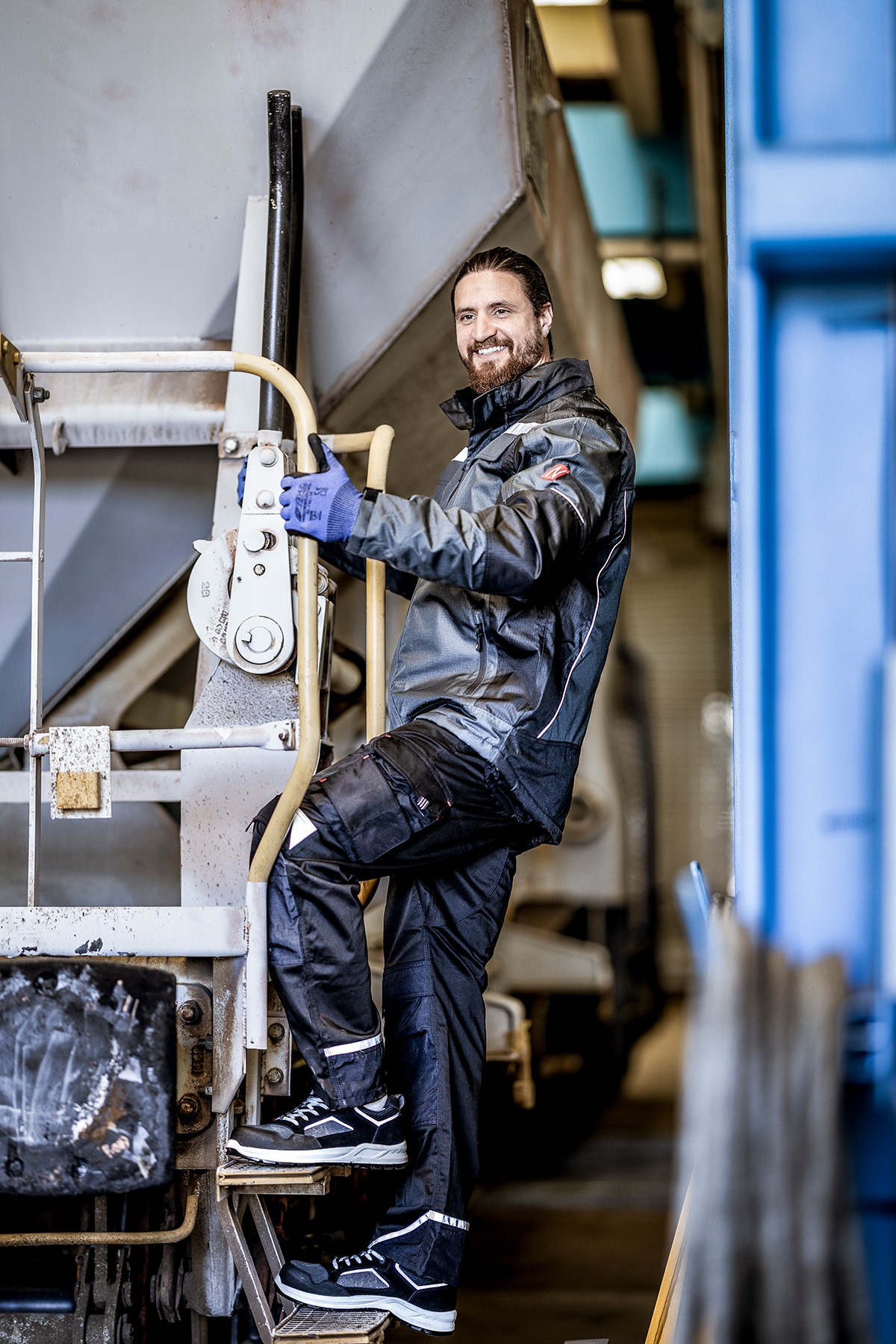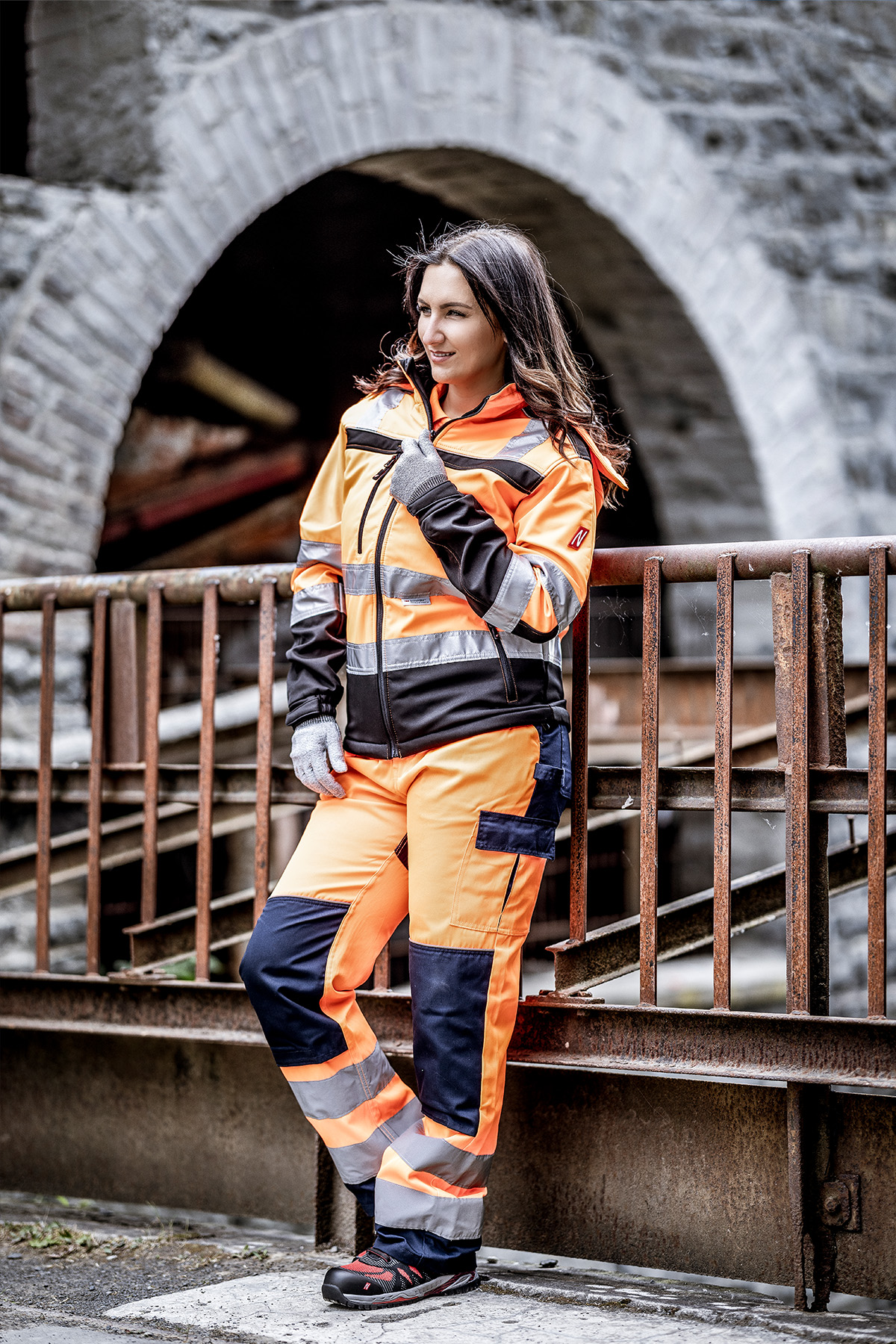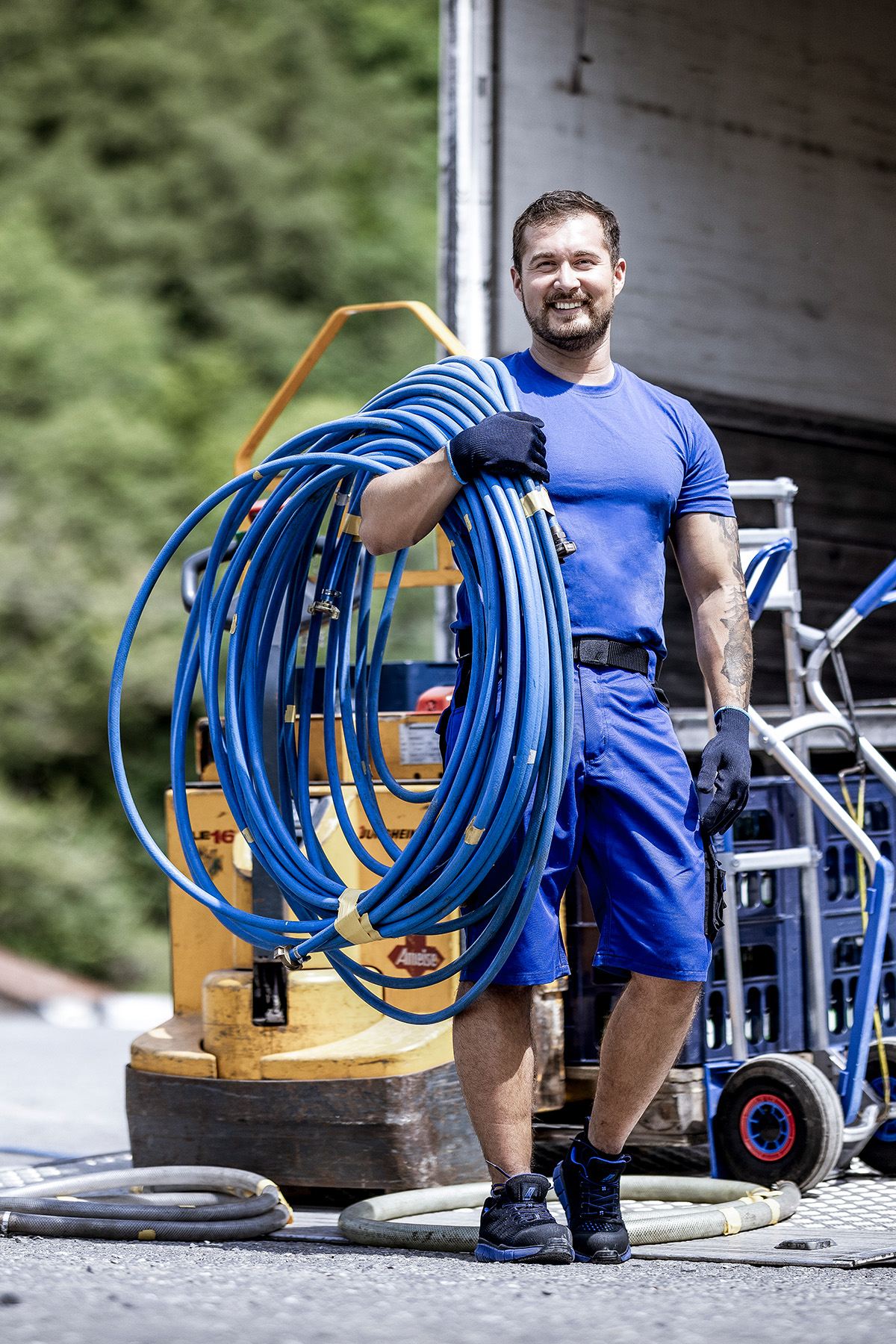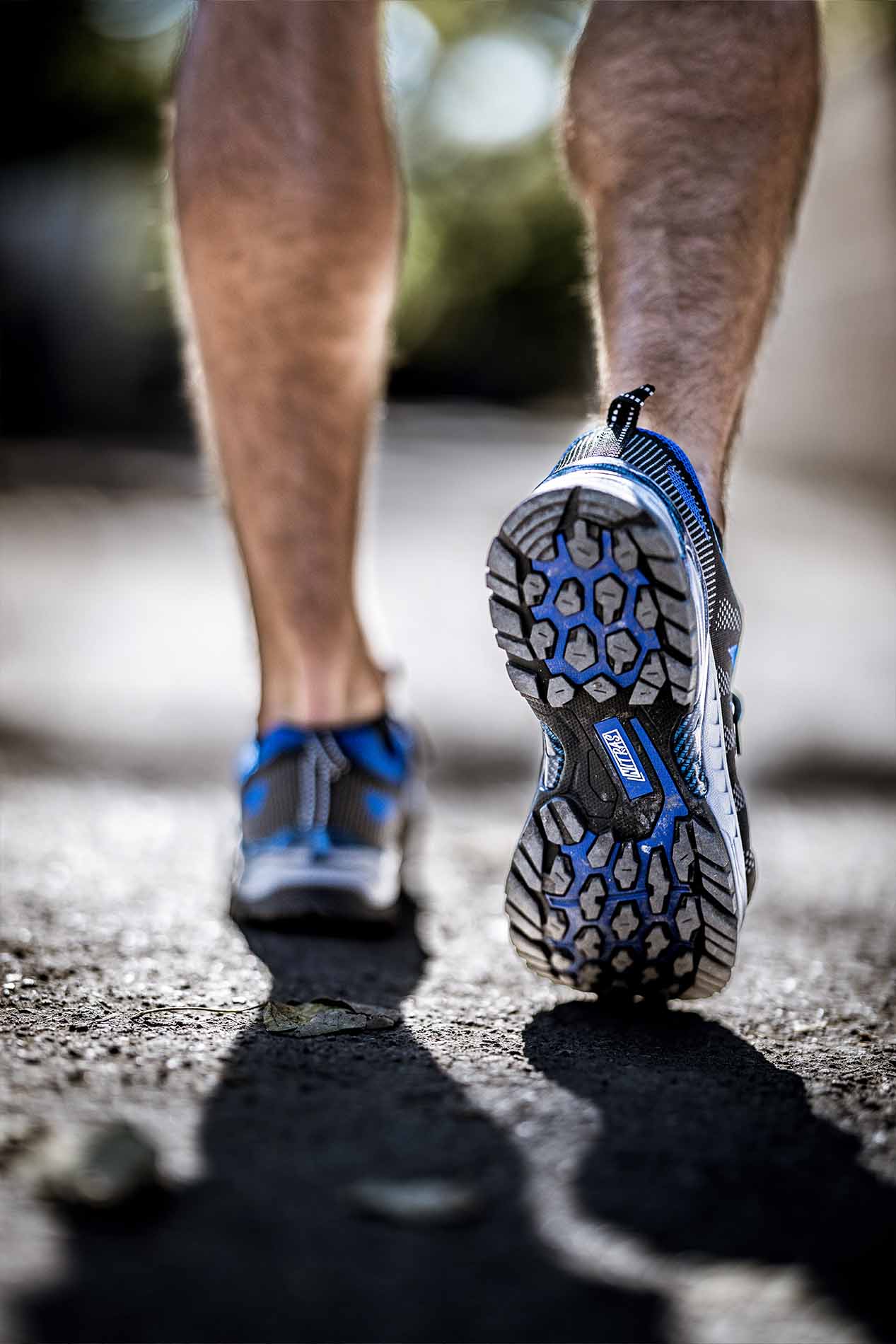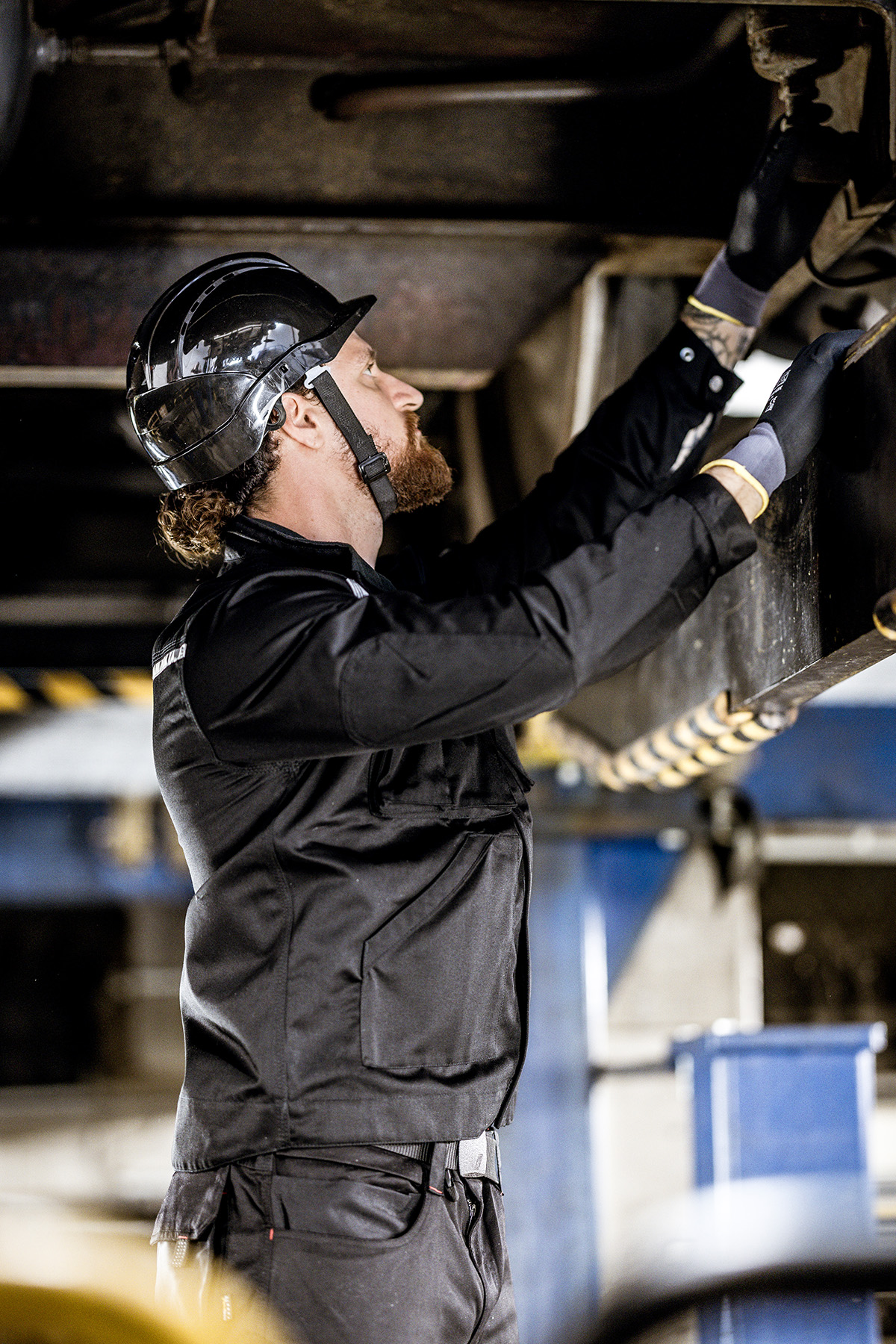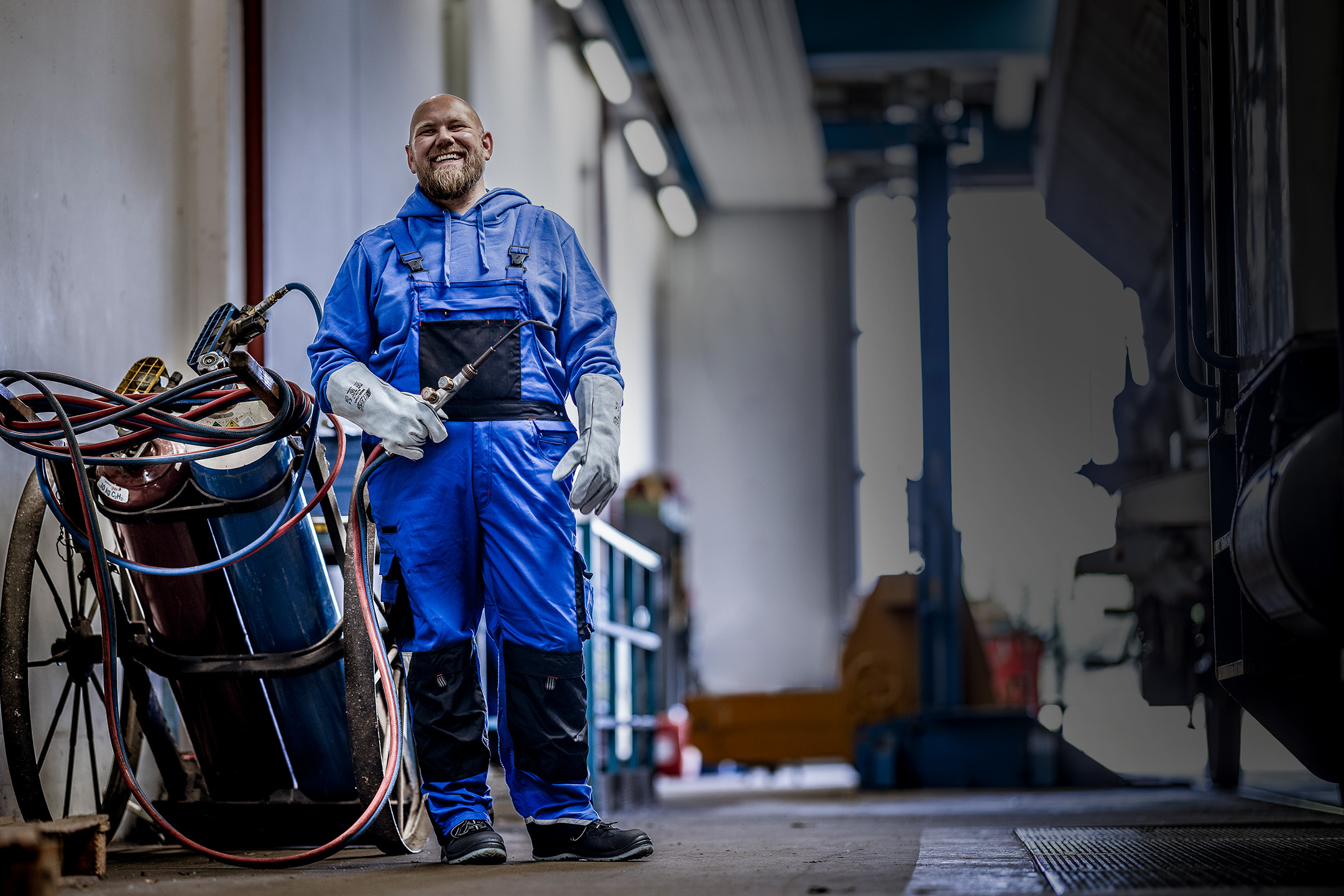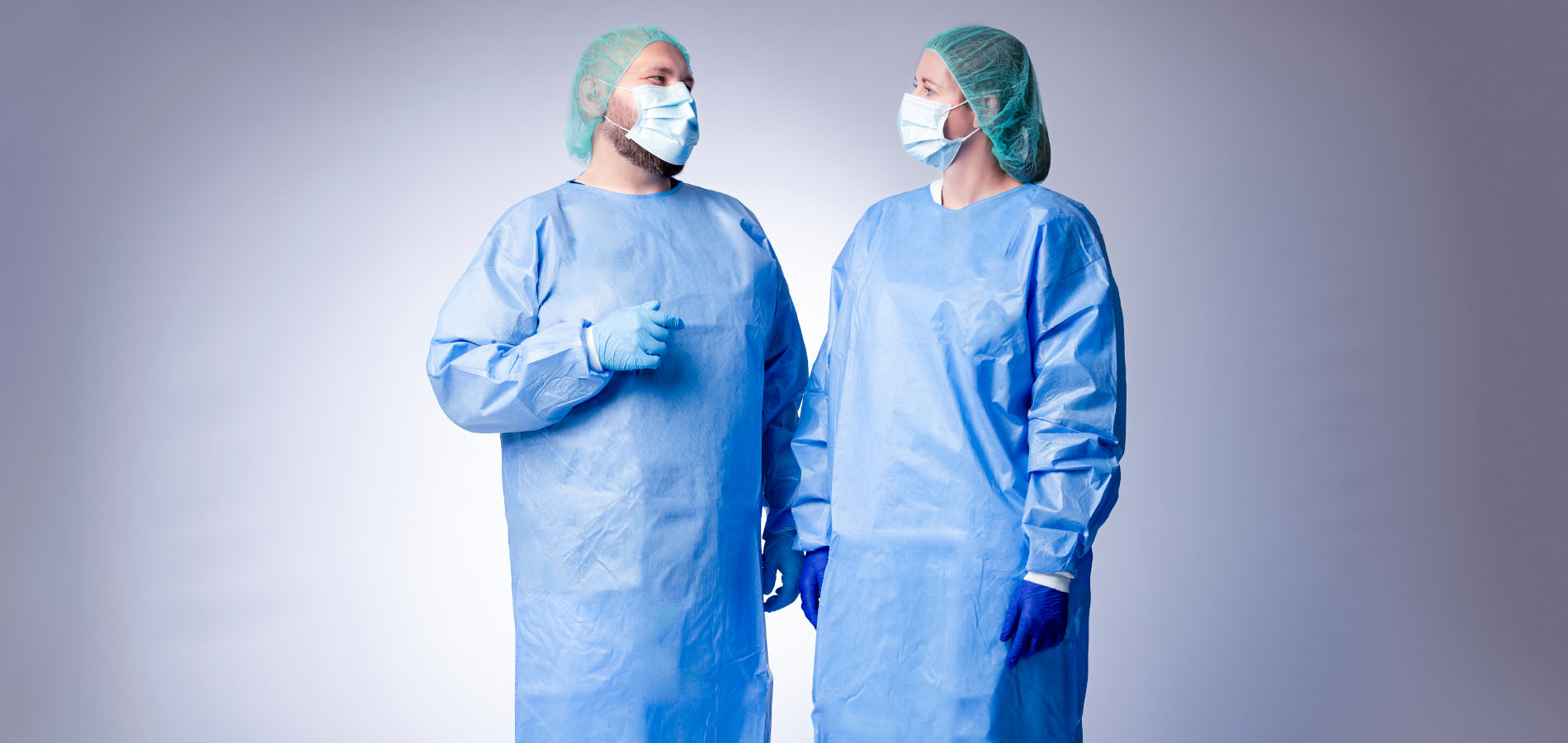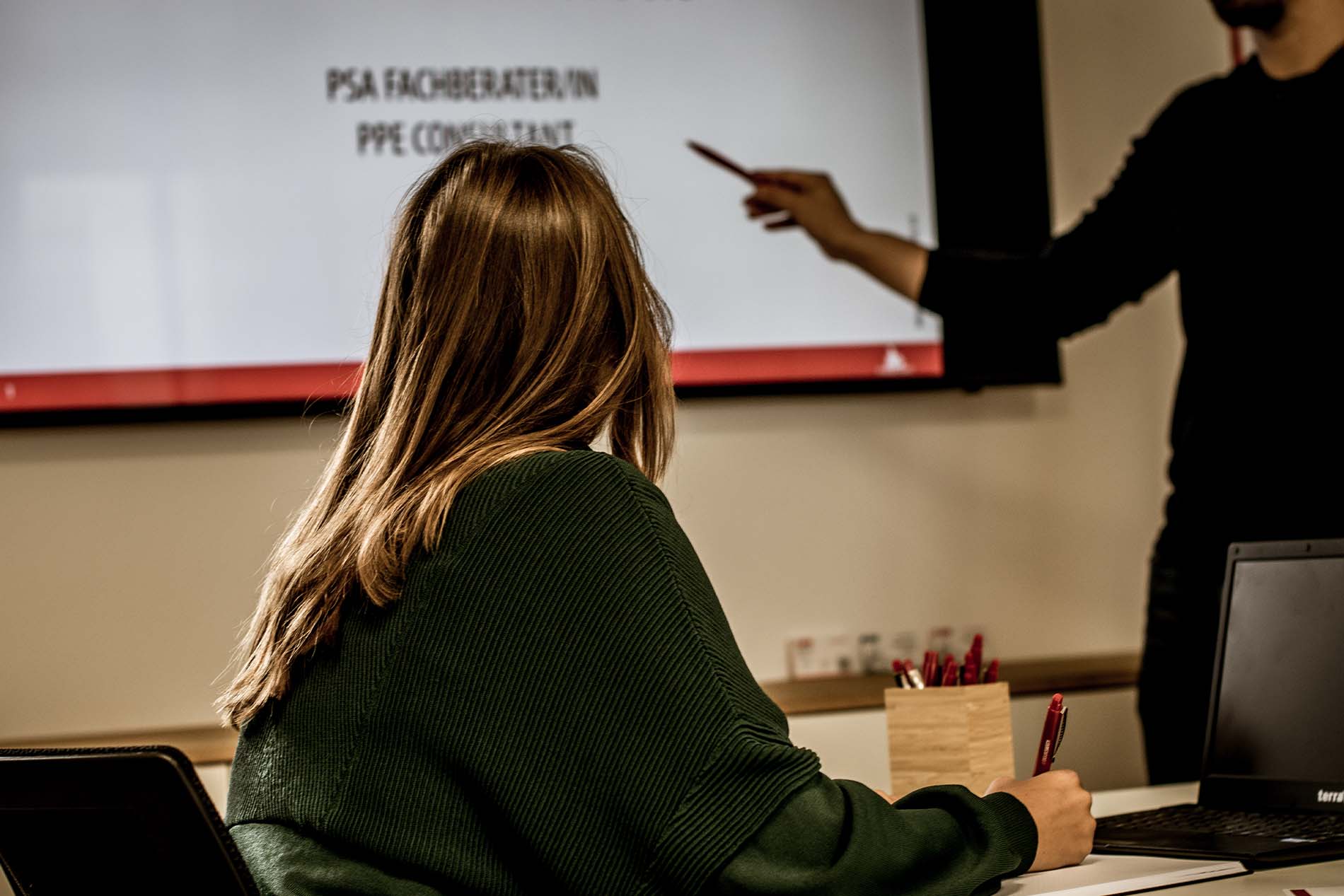Ihr zuverlässiger Partner für persönliche Schutzausrüstung und Arbeitskleidung. Seit 1986.
Unser Ziel ist es, die Gesundheit der Menschen sowie die Umwelt zu schützen und das Leben einfacher zu machen.
Neuerscheinungen
Alle Neuheiten ansehen
Unsere Kategorien

ZUVERLÄSSIG

PERSÖNLICH

FLEXIBEL

KOMPETENT
Wir sind für Sie da
Sie haben Fragen oder Anmerkungen? Melden Sie sich telefonisch oder per Mail bei uns!
Telefon: +49 2272 9060 800 | E-Mail: info@nitras-safety.com
Wir freuen uns auf Ihren Kontakt!
Alle Neuigkeiten auf einen Blick
Nutzen Sie unsere Social Media Kanäle und unseren News-Bereich für aktuelle Informationen, Produktneuheiten, neue Stelleangebote und die gesamte NITRAS Markenwelt.
 Deutsch
Deutsch
 English
English

